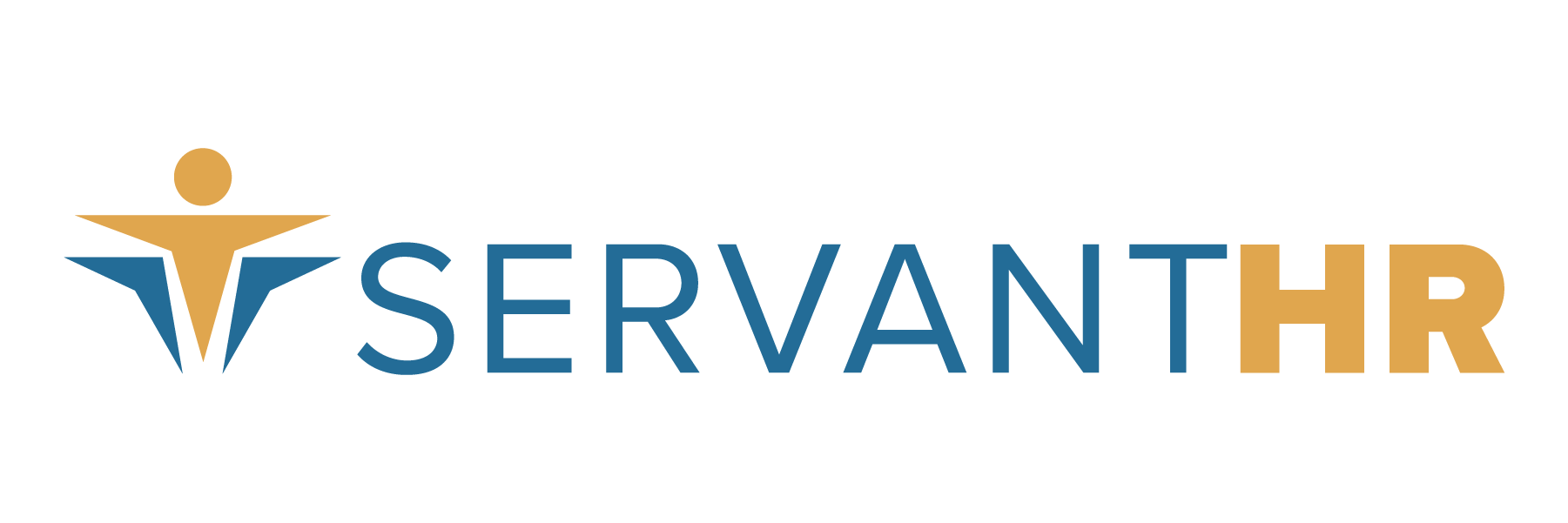There has been some confusion regarding news that came out July 2 about the Obama administration’s decision to postpone implementation of his health care program’s employer mandate. This change only affects large group employers — not those with fewer than 50 full-time employees. Small group employers have other issues to consider.
For small groups, the biggest changes health care reform will bring about are related to the benefits landscape:
-
1. It will change how the rates of those plans will be determined.
-
2. It will change the types of plans employers will offer employees.
Rates: Let’s Do the Numbers
Small groups aren’t currently required to offer health care benefits to employees. If they do offer it, they are offering it at will. The common worry among employers and analysts is that health care plans will be very expensive in the future, and projections are showing that this is a legitimate concern. Even if an employer is offering health insurance benefits now, the price tag could be prohibitive in the future as plan prices increase across the board. The result could be that employees are forced to find coverage at the individual level in the exchange market.
Why are rates expected to go up? For one, health care reform requires carriers to determine rates by a community rating. A community rating system (opposed to a system based on risk) is currently being used in New York, Maine, Colorado and several other states. It’s not a foreign concept, but it is not at a national level — yet. In a community rating system, a person’s individual health history and occupation do not help determine their rate. Today, when someone is in a higher-risk industry such as construction or commercial fishing in Alaska, their occupational risk is used to figure their rate. Likewise, if someone works in a slow-moving office setting that’s considered a preferred industry, that person may be able to earn credits to get lower rates.
Under health care reform, that kind of risk isn’t weighed. Under health care reform, employers or insurance companies may no longer ask if you or anyone in your family has a history of cancer, heart disease or other health issue. This may seem good for the employee and bad for the employer, but it’s not so cut and dry. Think about your driving history. Insurance carriers regularly reward safe drivers with less expensive rates, credits and better coverage because they can make an educated guess regarding what their risk is if they insure that driver. If someone has had multiple traffic violations and accidents over the past couple of years, that information is also used to determine rates. If all of us drivers are lumped together as just “drivers” without the benefit of a little driving history, there is much less incentive for us to drive safely. Similarly, it could be argued that under the community rating system, there is less incentive for your employees to be healthy.
The community rating does consider gender, whether the person is a smoker and where they live. If you live here in Indiana, where we are known as one of the unhealthiest states in the country, even running the Indianapolis Mini-Marathon every year, abstaining from alcohol and eating right at every meal won’t help you when the community rating system goes into effect.
Consideration by insurance companies of individuals’ preexisting conditions is going away as well. This has been the case for children since 2012. Last year, virtually all carriers in the state of Indiana pulled out of writing policies solely for kids. The result is that affected parents can either pay for children’s expenses out of pocket or go through the state to get a medical coverage policy. Medical Mutual of Ohio just pulled out of Indiana completely — for children and adults. With one less carrier, we have fewer carriers competing for Hoosiers’ business.
Helping everyone get coverage despite their health history seems like a good idea, but eliminating the ability to ask about preexisting conditions has negative repercussions for business. For example, employers would want to be aware if an employee coming onto a new insurance policy has had three back surgeries, because chances are good that person will need another one.
The bottom line is that when the insurance carriers can’t predict the kind of risk they may be covering, they have to think worst case scenario. As a result, rates are poised to increase under health care reform.
Look for Part 2 (Types of Plans) on the Servant HR blog tomorrow, July 26.





